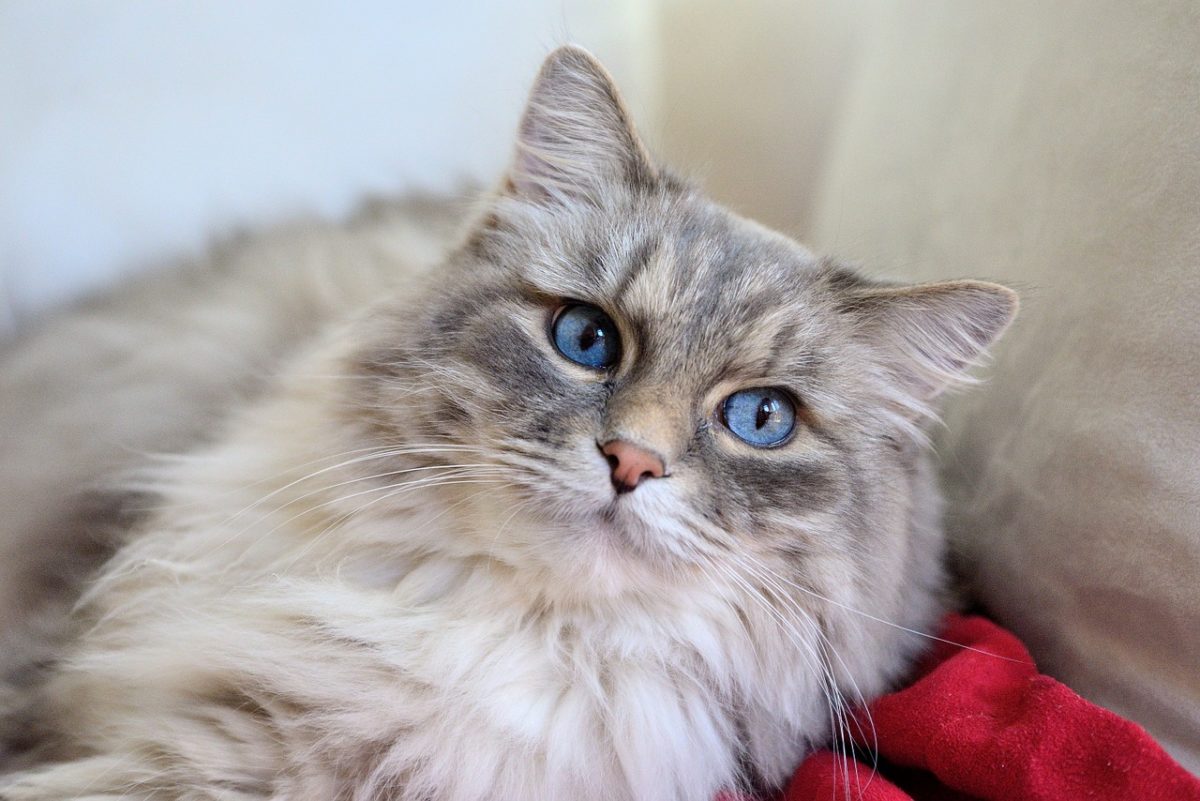Handling A Hairball Hassle
As every cat owner knows, hairballs are not very pleasant for the cat or the person who cleans them up. They can also be an indication of other health issues, especially if they are happening frequently.
In honor of National Hairball Awareness Day on April 26, Dr. Carly Patterson, a clinical assistant professor at the Texas A&M College of Veterinary Medicine & Biomedical Sciences, discusses the causes of hairballs and how to reduce their occurrence.
She said that while any cat can get hairballs, they tend to be most common in long-haired cats.
“There are two basic mechanisms by which hairballs are generated,” Patterson said. “Hairballs form when too much hair accumulates in the cat’s gastrointestinal tract or when there is a change in overall gastrointestinal tract motility.”
Frequent hairballs can be a sign of an underlying disease or health issue, so if a cat is having them regularly, it should see a veterinarian.
“Cats may have itchy skin and groom excessively, which causes them to ingest more hair than usual,” Patterson said. “Cats may also over-groom when they are in pain.”
Once the cause of the hairballs is known, a veterinarian can recommend a personalized treatment plan, often involving diet changes, daily grooming, and sometimes even medications.
“If a cat frequently vomits hairballs and it is not due to gastrointestinal disease, then it is possible that increasing overall dietary fiber may help minimize hairball formation by moving material through the gastrointestinal tract,” Patterson said.
Feeding multiple small meals throughout the day rather than one or two big meals can also reduce hair buildup in the gastrointestinal tract, she said. In addition, daily brushing can reduce the amount of excess hair, especially for long-haired cats.
If the problem persists, the cat’s veterinarian may recommend medications such as lubricant laxative drugs to promote hair movement through the gastrointestinal tract and to reduce hairballs.
“It is important that an owner work with their veterinarian to address any underlying medical problems first,” Patterson advised. “Long-term medical management with drugs should not be the first choice.”
Hairballs may be a common problem, but they can usually be greatly reduced with simple changes in diet and grooming. Life without regular hairballs will be much happier, both for you and your cat.
Pet Talk is a service of the College of Veterinary Medicine & Biomedical Sciences, Texas A&M University. Stories can be viewed on the web at vetmed.tamu.edu/news/pet-talk. Suggestions for future topics may be directed to editor@cvm.tamu.edu.


